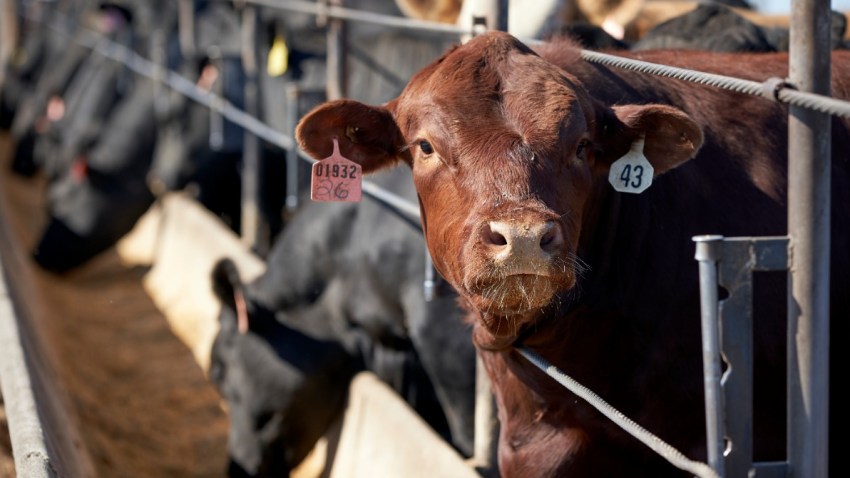Changing the way we produce and consume food is emerging as the second pillar in the fight against climate change, along with decarbonizing our sources of energy.
According to a recent report by the United Nations Food and Agriculture Organization, or FAO, the global food system accounts for a whopping 31 percent of global greenhouse gas emissions. By country, the top agricultural emitters are China, India, Brazil, Indonesia and the United States.
Agriculture’s emissions stem from three parts of the food system value chain: all the upstream and downstream supply chain activities before and after food production, such as manufacturing of fertilizers, food processing, packaging, transport, retail, household consumption and food waste disposal; the actual production of crops and livestock, including on-farm energy use; and the changes in land-use to create crop and range lands, which release carbon stored in forests and peatlands.

